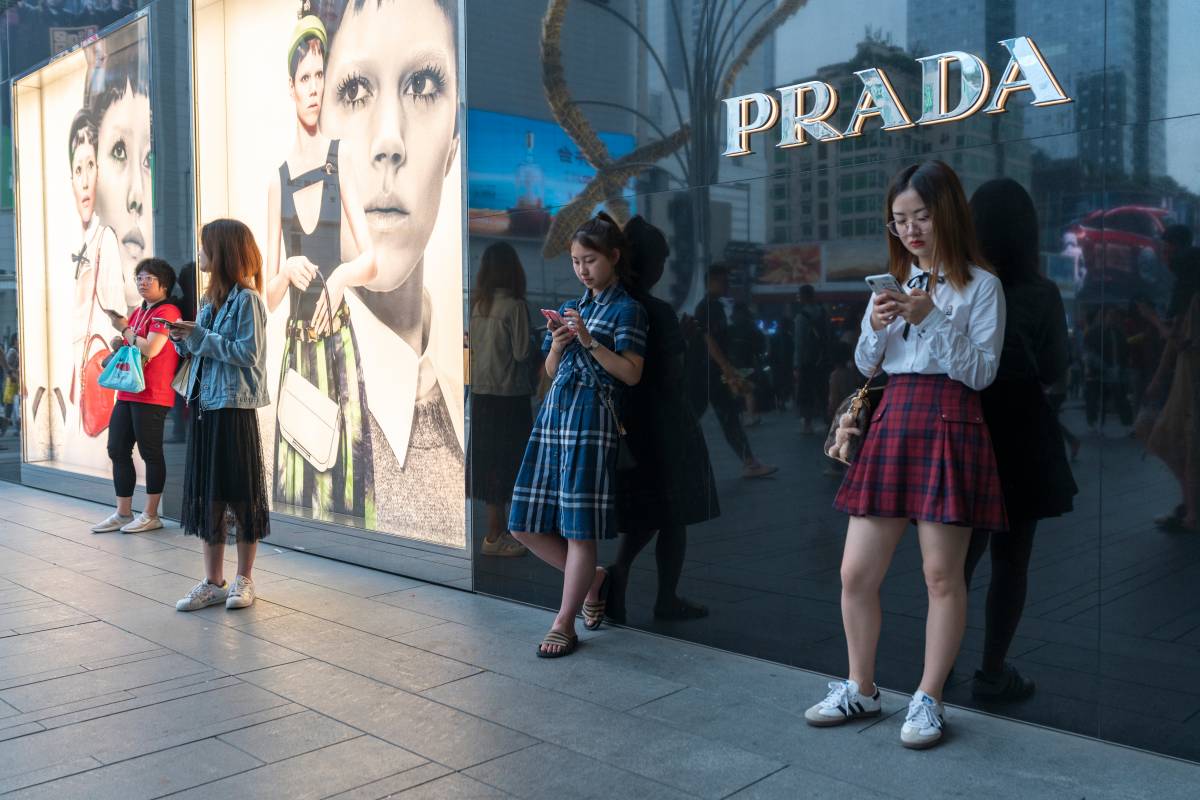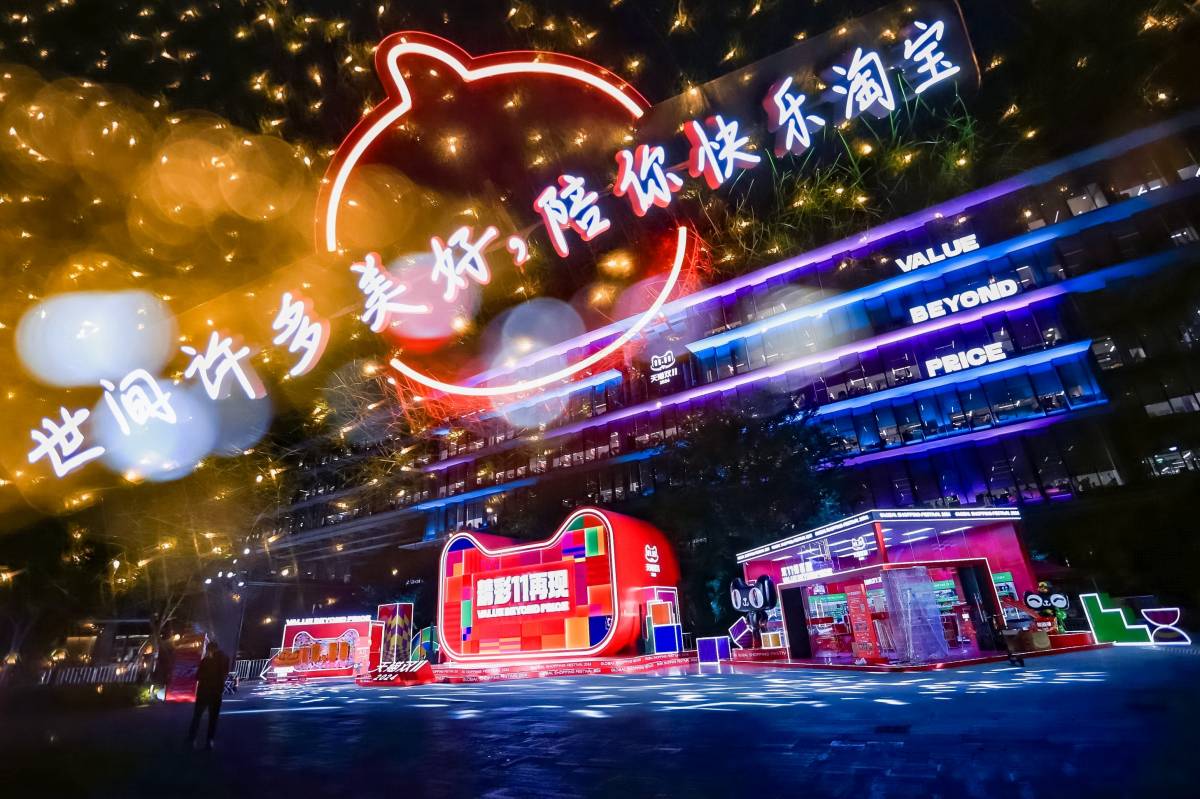
Shoppers in Chengdu, China. Photo credit: Shutterstock
Luxury consumption in China will resume its upwards trajectory before March as China lifts pandemic-related restrictions on movement, according to a new report by consultancy Bain & Co.
Luxury consumption will recover once Covid-19 subsides, mall traffic improves, and consumer sentiment rebounds. Bain expects to see 2021 sales levels sometime between the first and second half of 2023.
“We believe 2022 was a reset, not a harbinger of more distress,” the authors of Bain’s report said, including senior partner Bruno Lannes. “We expect positive conditions to return before the end of the first quarter.”
The fundamentals of consumption in China are still intact, Bain said. Compared with other emerging markets, China is a behemoth for luxury growth. It has a larger number of middle- and high-income consumers, and those populations are projected to double by 2030.
“In the mid to long term, “the next China” is China,” said Bain.
Pandemic Lessons
The personal luxury market contracted 10% in 2022 year-on-year due to pandemic-related restrictions in China, Bain estimated in the report. Nearly every luxury category and most brands experienced their first major decline in five years through the year.
Categories with strong online penetration were less affected by lockdowns and fared better. For example, with 50% online penetration, luxury beauty only contracted 5%. The watch market suffered the most, falling between 20% to 25% from 2021. Fashion and lifestyle categories experienced a 15% to 20% decline. Jewelry and leather goods performed slightly better, with a 10% to 15% dip.
Bain identified Very Important Clients (VICs) as a key force behind sustained sales in China’s luxury market during the pandemic. Shoppers who buy more than three times a year account for over 50% of sales said the report, quoting executives at Alibaba’s Tmall Luxury Pavilion.
The platform is a hub for luxury goods firms, including Berluti, Brunello Cucinelli and Bulgari.
Looking ahead, Chinese luxury consumers have distinct shopping behaviors and preferences. Differences between the Chinese and global luxury market will widen, especially around digitalization, the retail environment, cultural references, and relationships with brands. Brands that understand the nuances of the China luxury market will succeed over time, said Bain.
While optimism abounds, there are also risks.
Since borders were still closed at the start of 2022, Chinese customers made most of their luxury purchases within the mainland. Despite a strong start to the year, Covid-related lockdowns started in the second quarter and created barriers to purchasing. Major cities were shut down, sometimes suddenly, which prevented in-person shopping.
Brands need to resolve pricing gaps between China and Europe before international travel fully resumes soon.
Hainan will rebound and become a key travel destination again, especially for the majority of Chinese travelers who are without passports. Demand for international travel will bounce back too, starting with Asia-Pacific destinations like Hong Kong, Macau, and Southeast Asia.
Brands have invested heavily in customer experience and customer service in China over the past three years. Now, Chinese luxury customers have high expectations, regardless of where they live. Brands need to ensure their CRM tools work effectively across borders. To continue growing, luxury brands must deliver excellent experiences everywhere in the world.
Download and share the full report:
This story was updated with additional details about Bain’s VIC consumer profile and information from Luxury Pavilion executives




